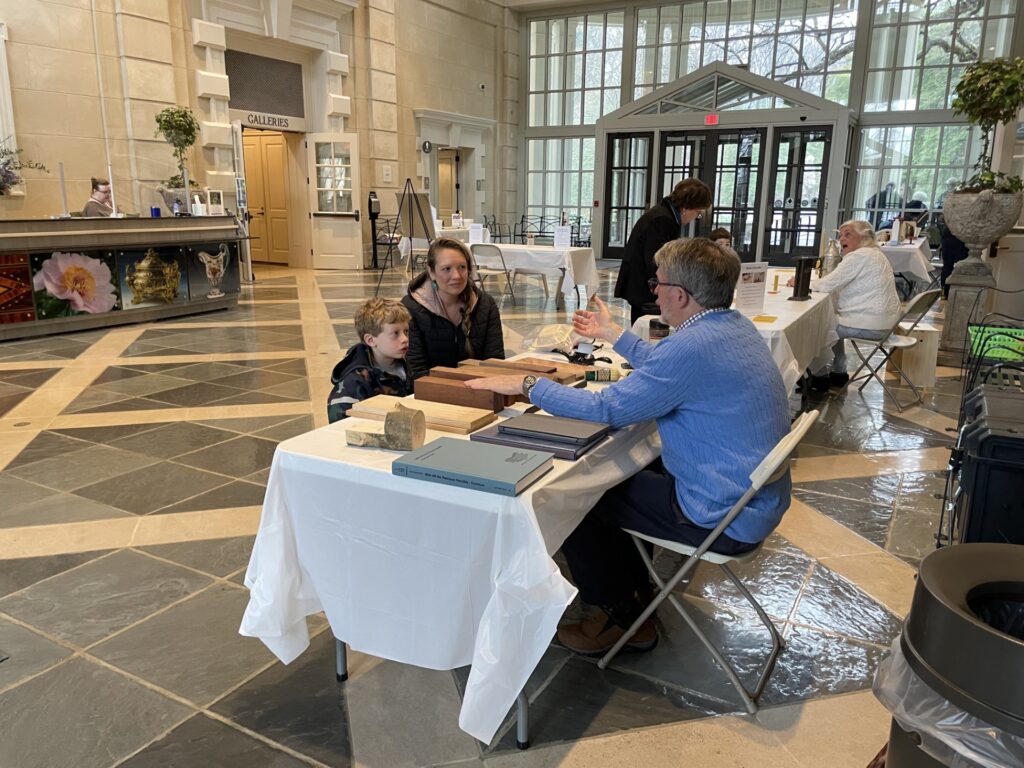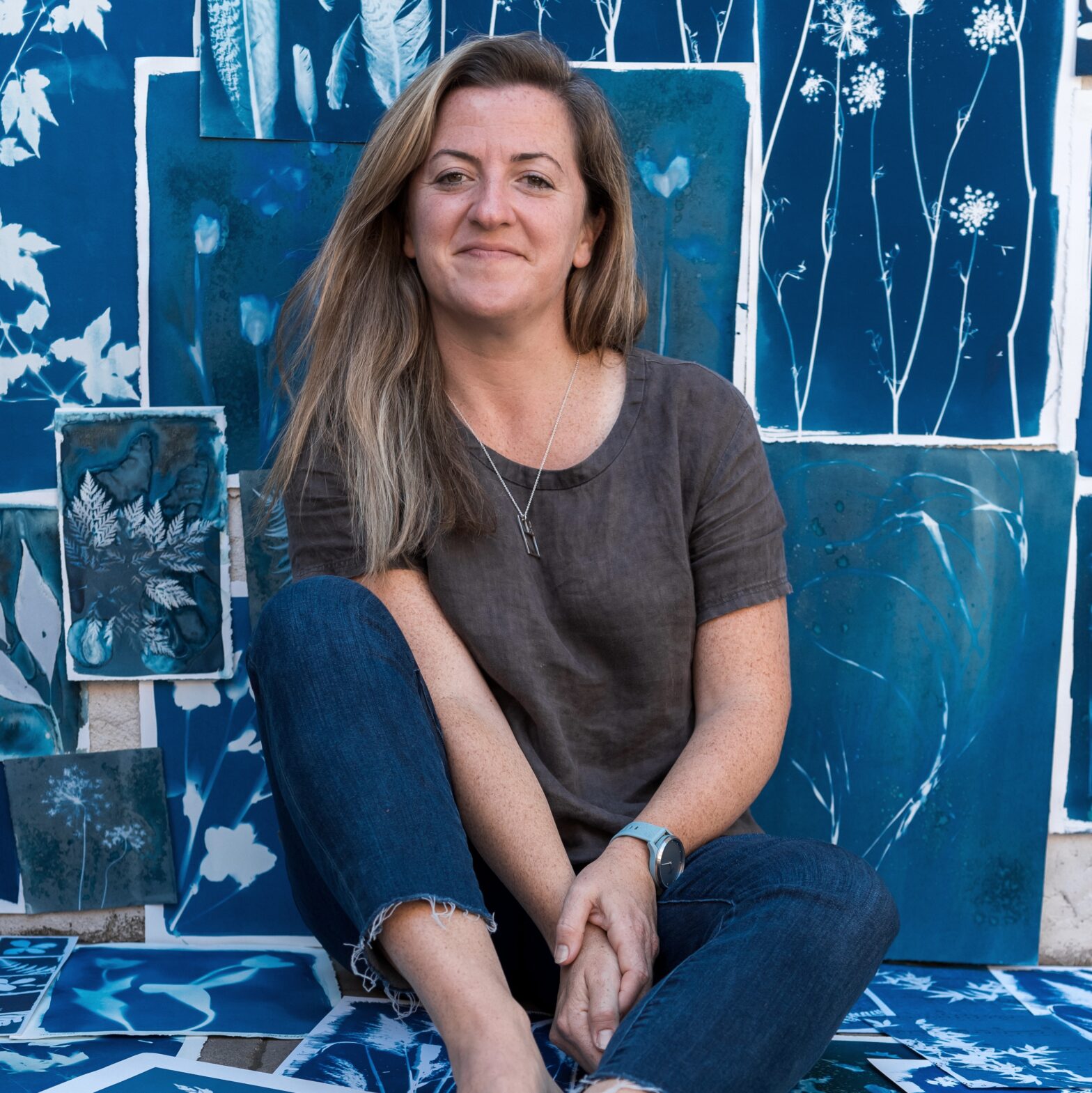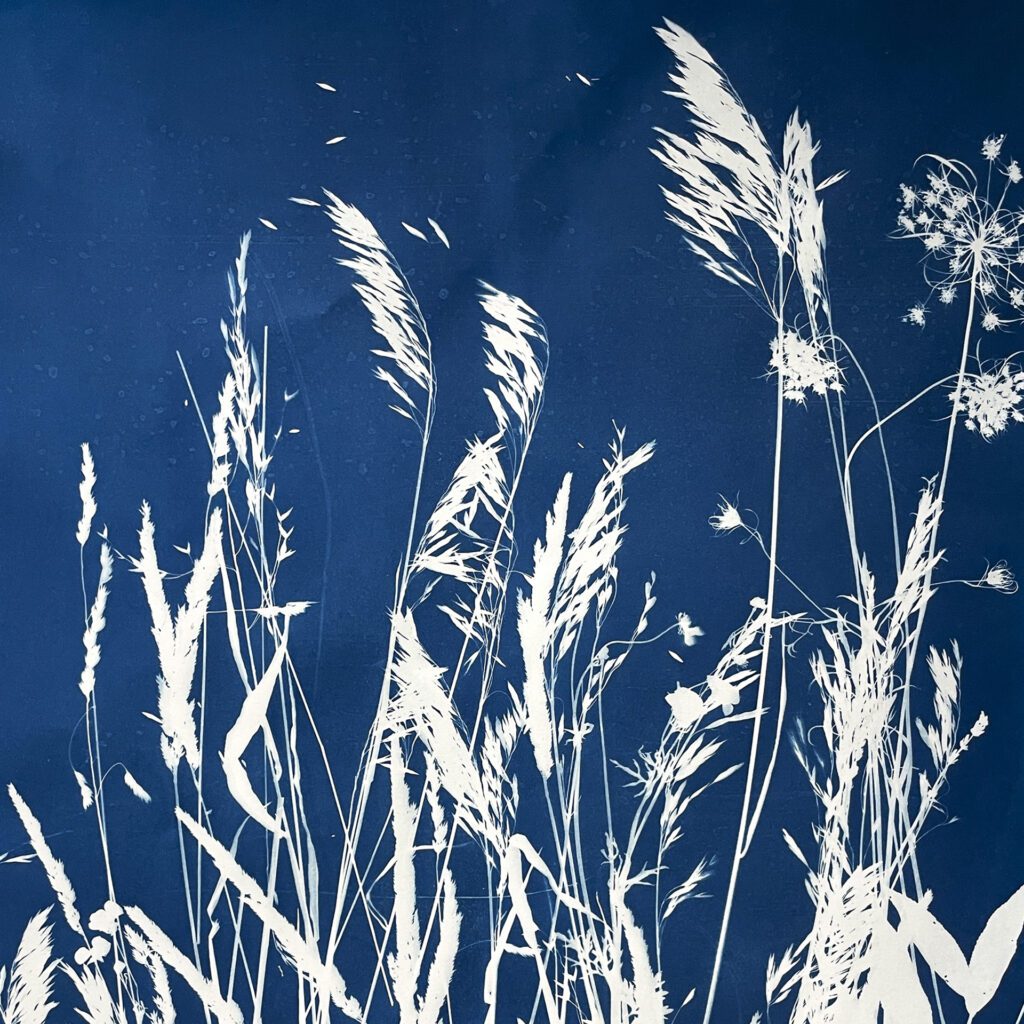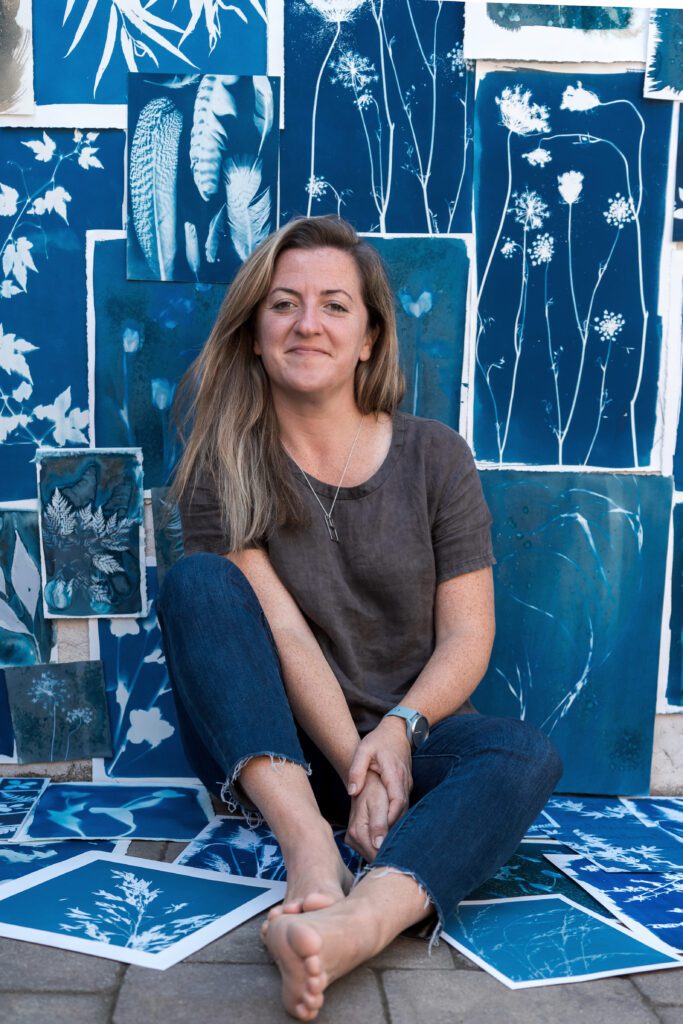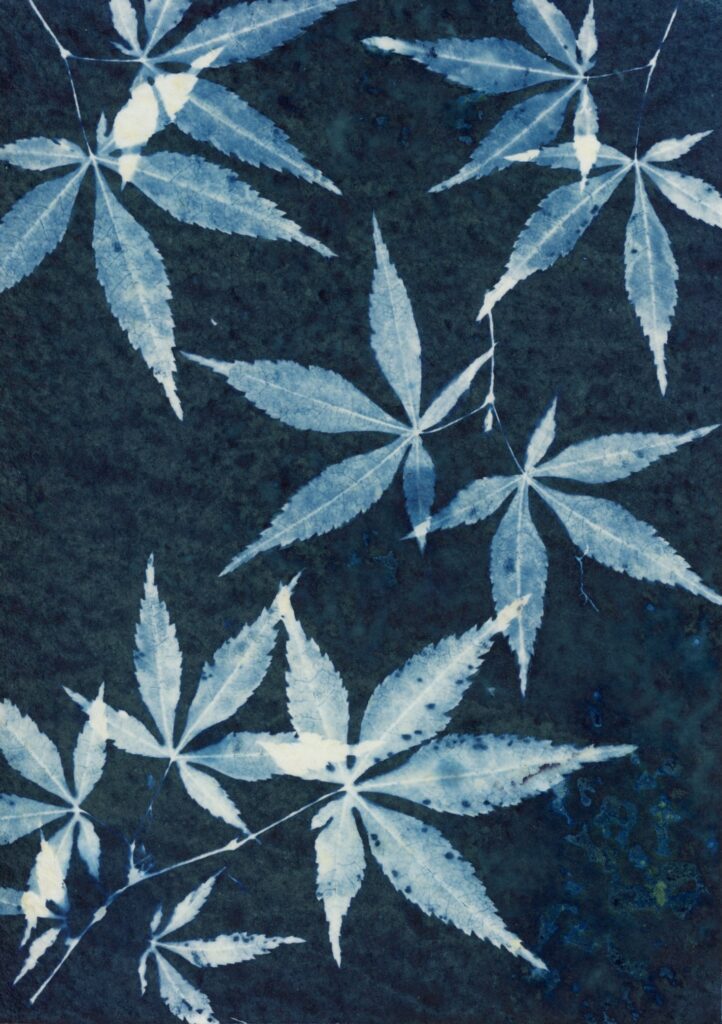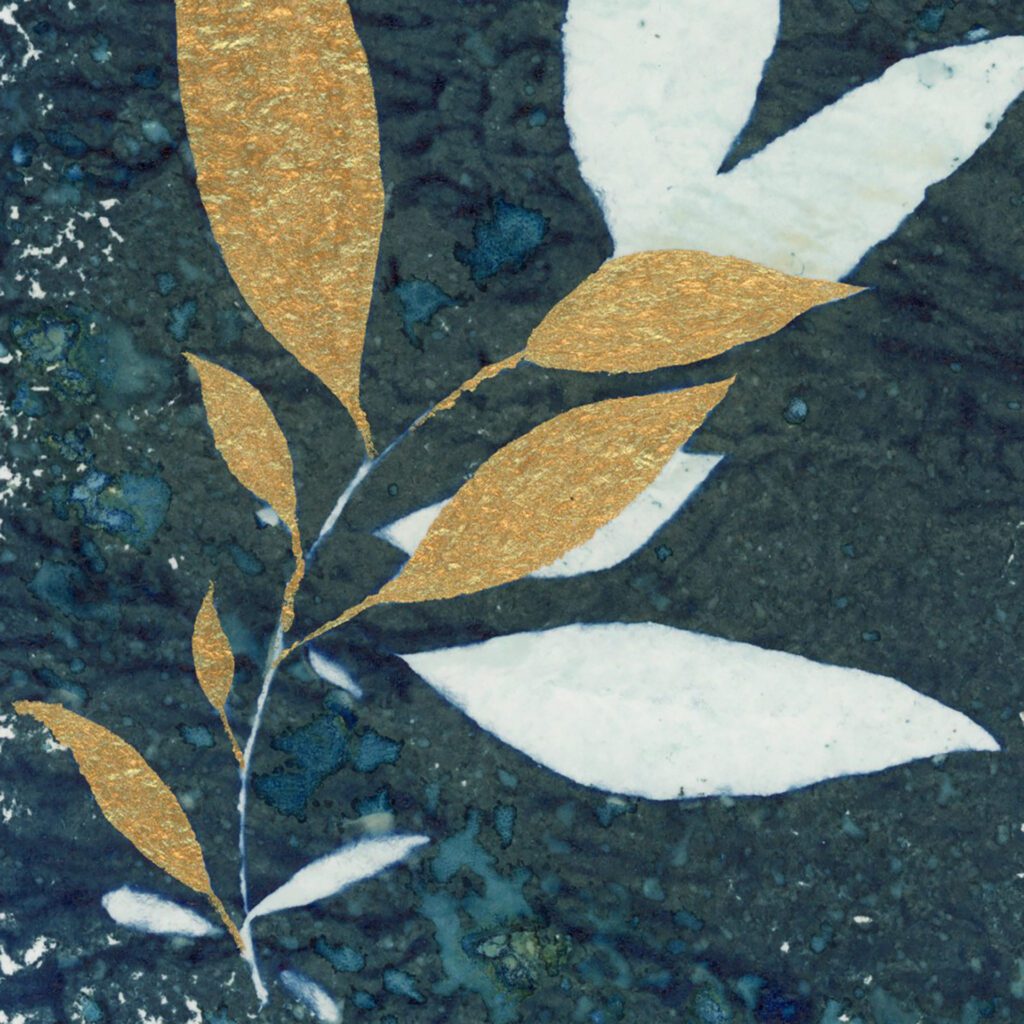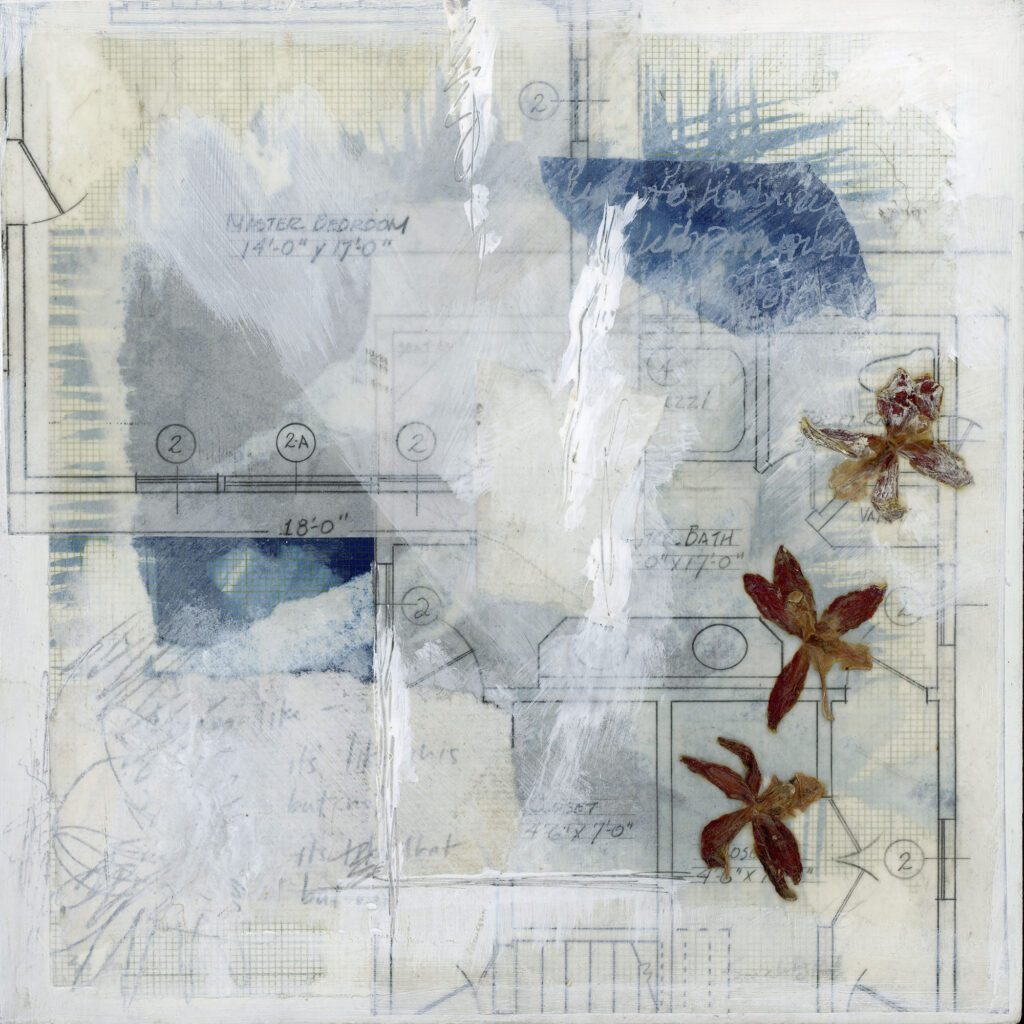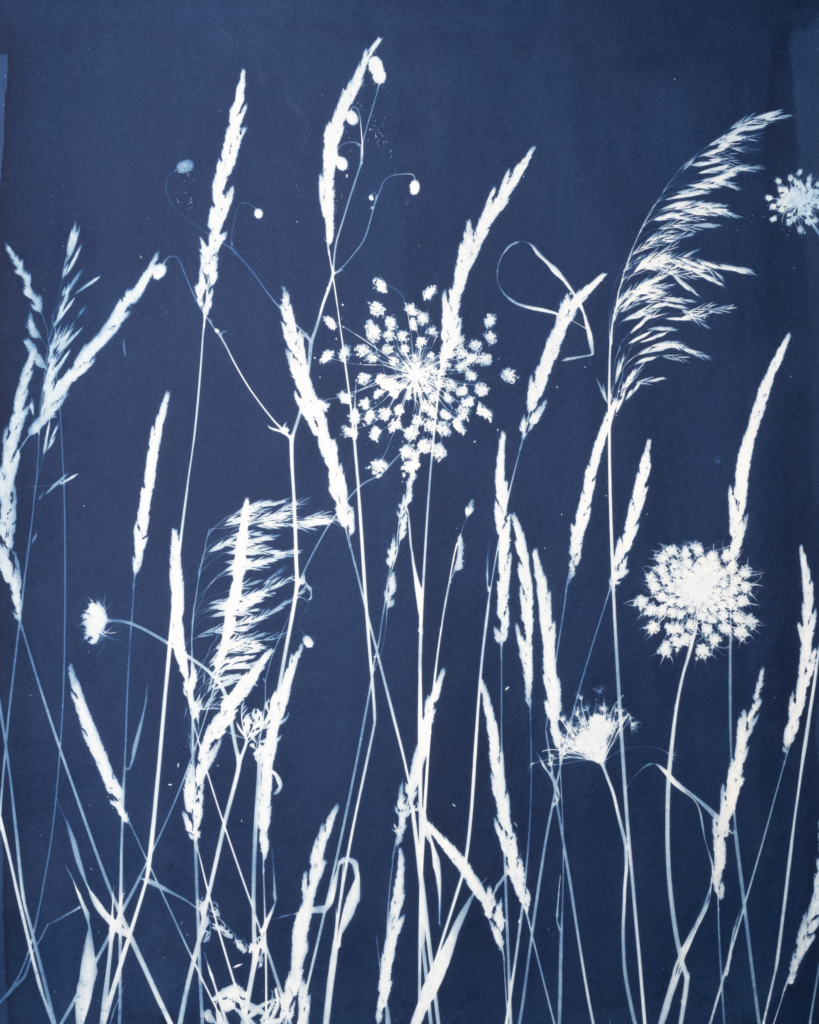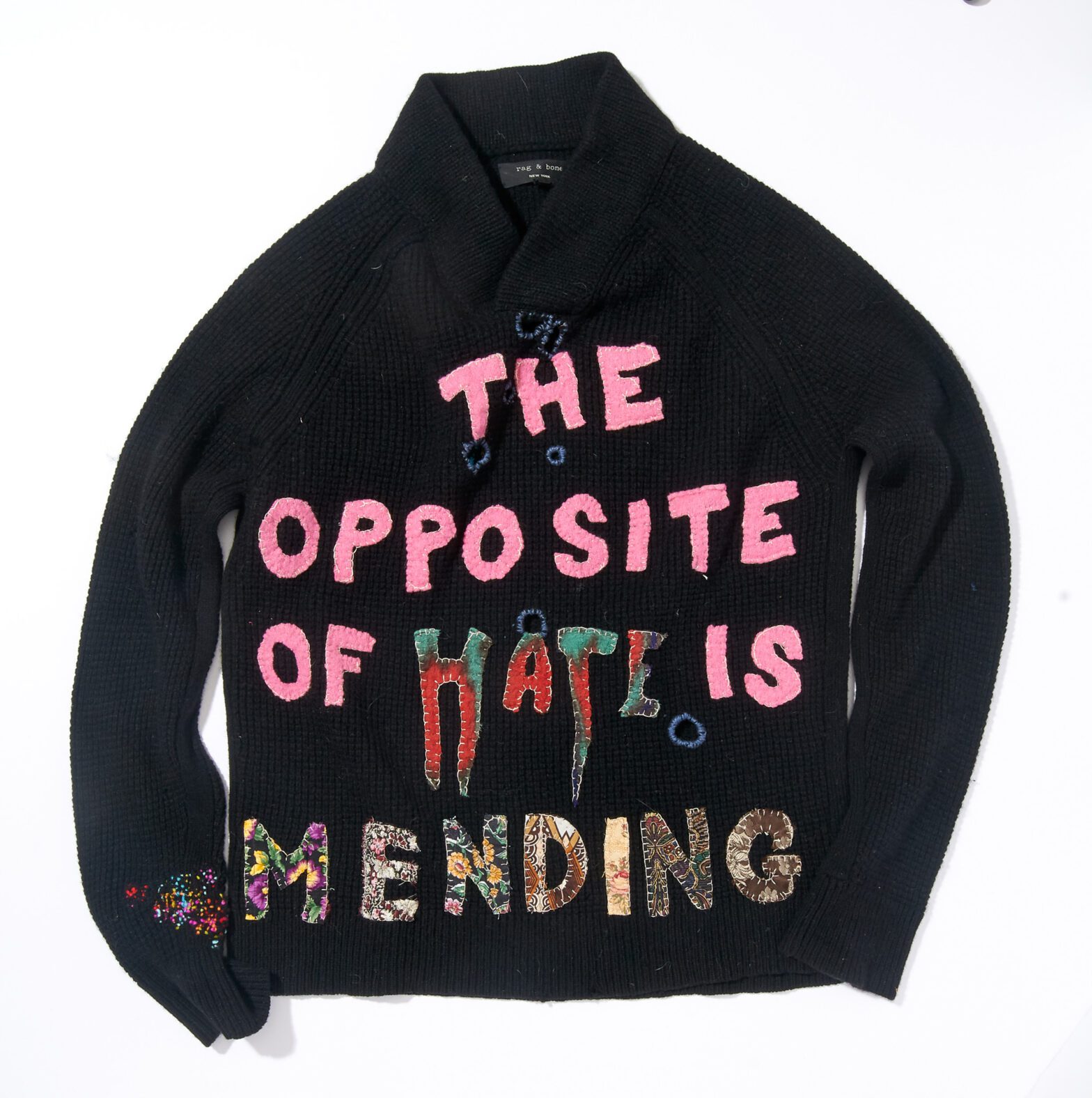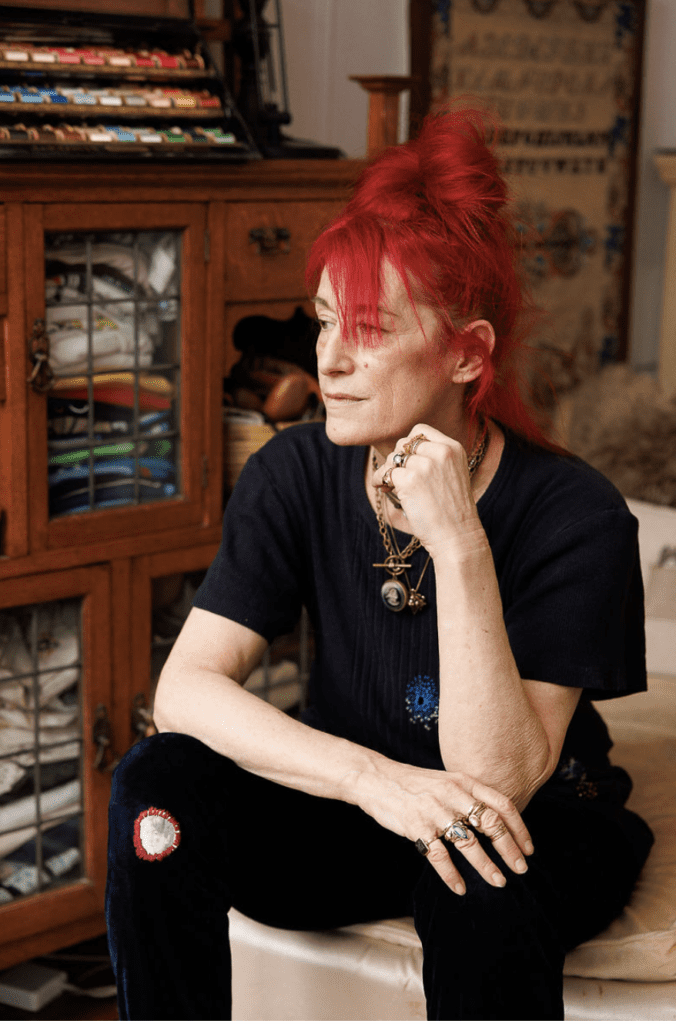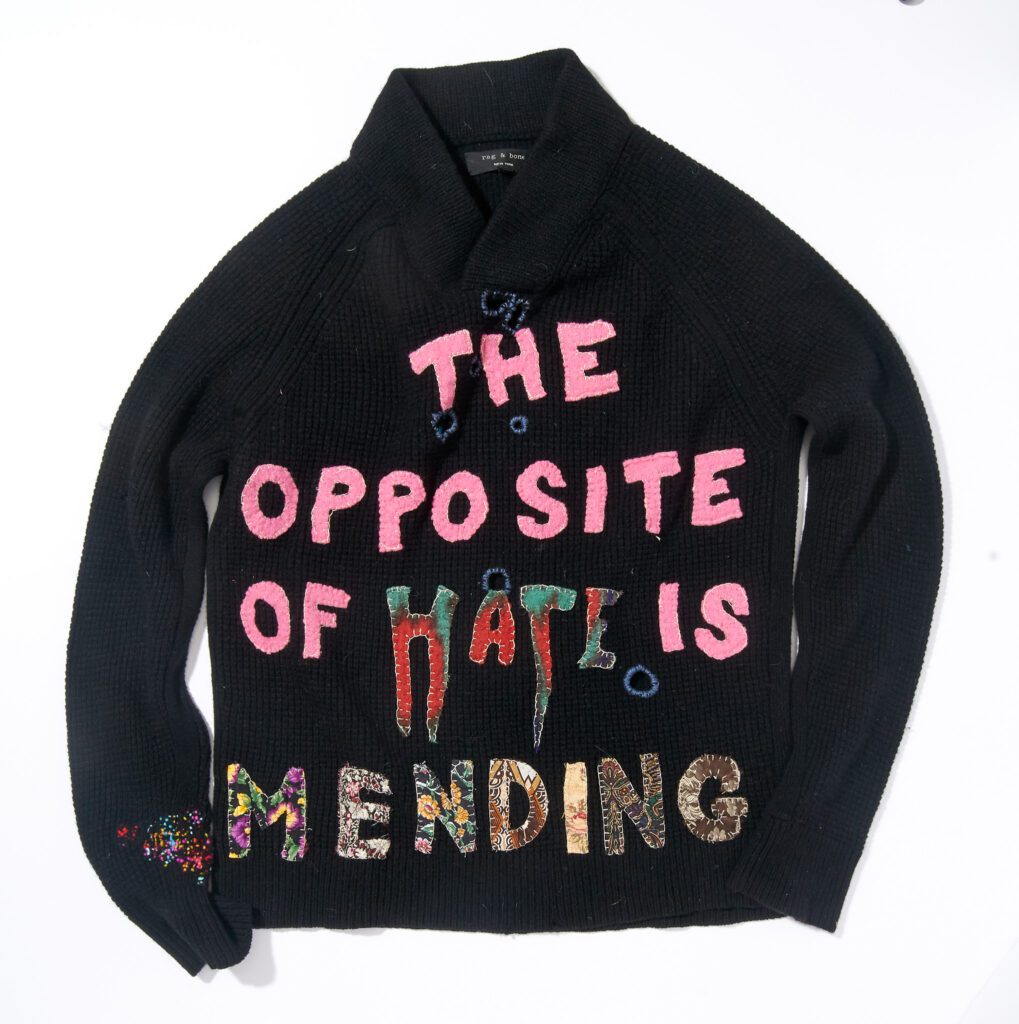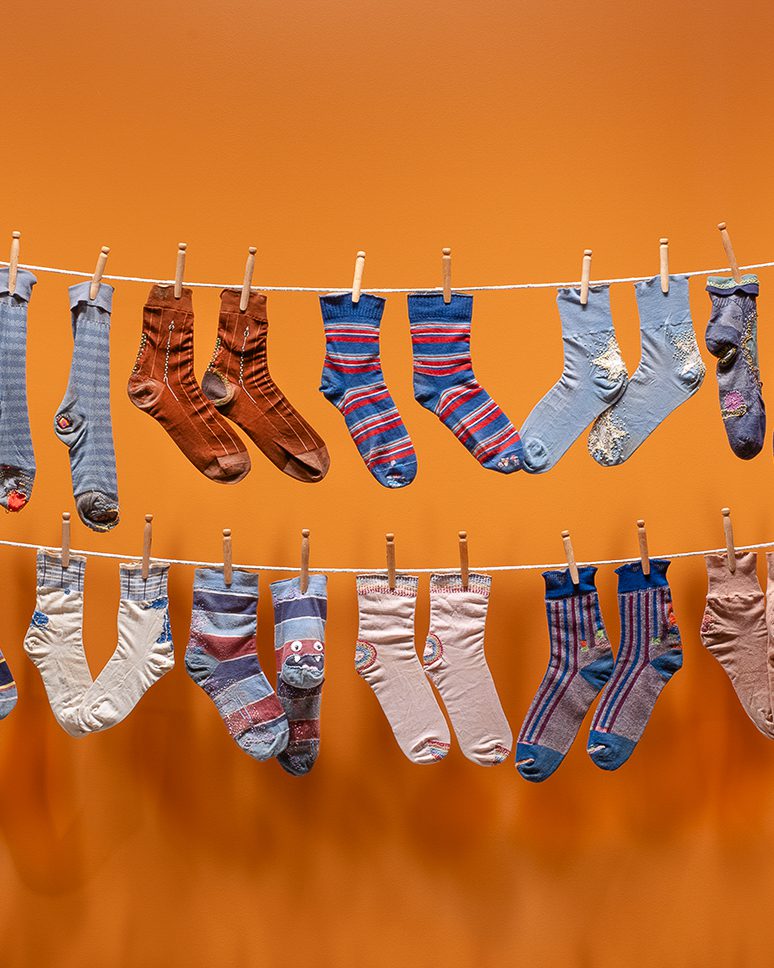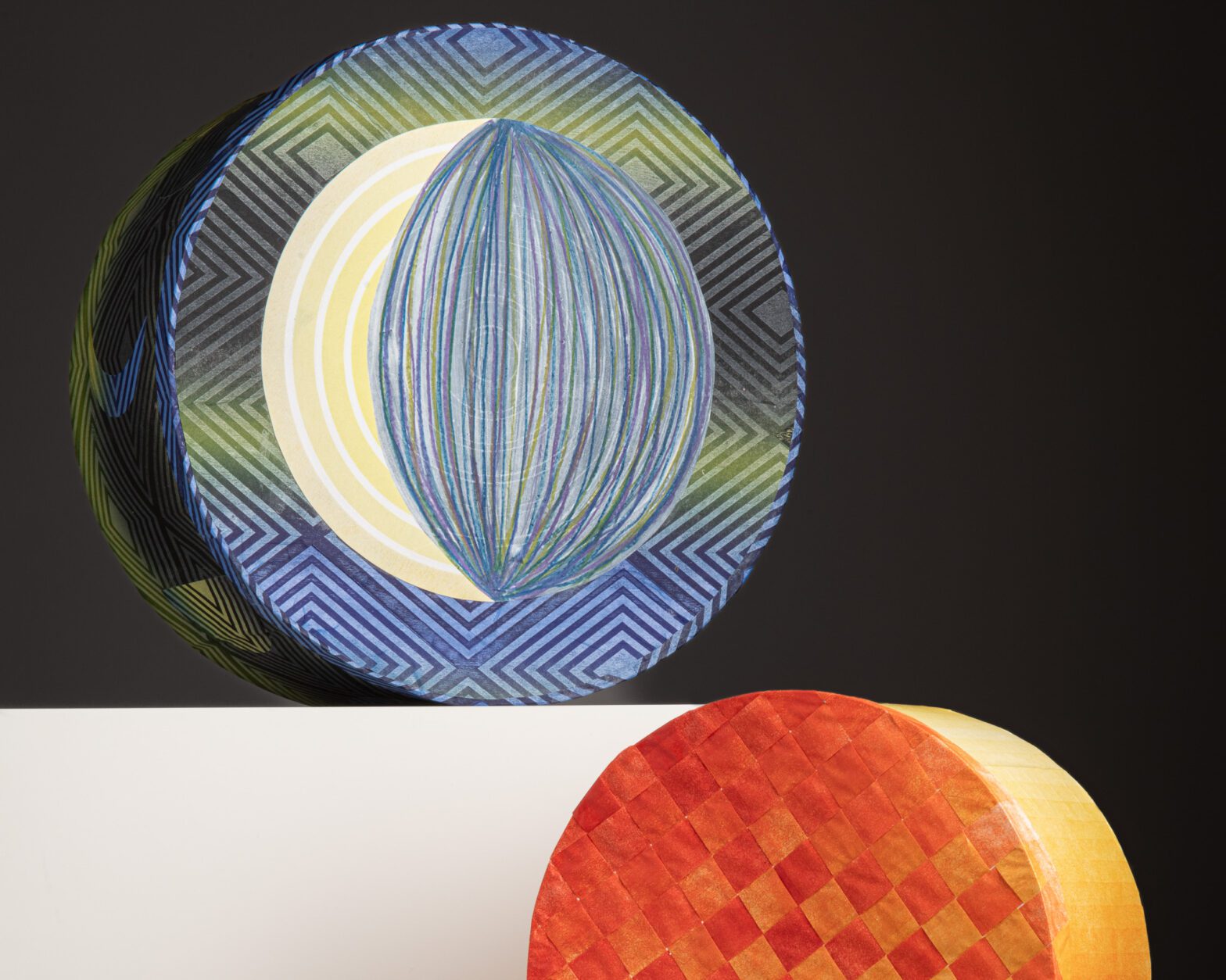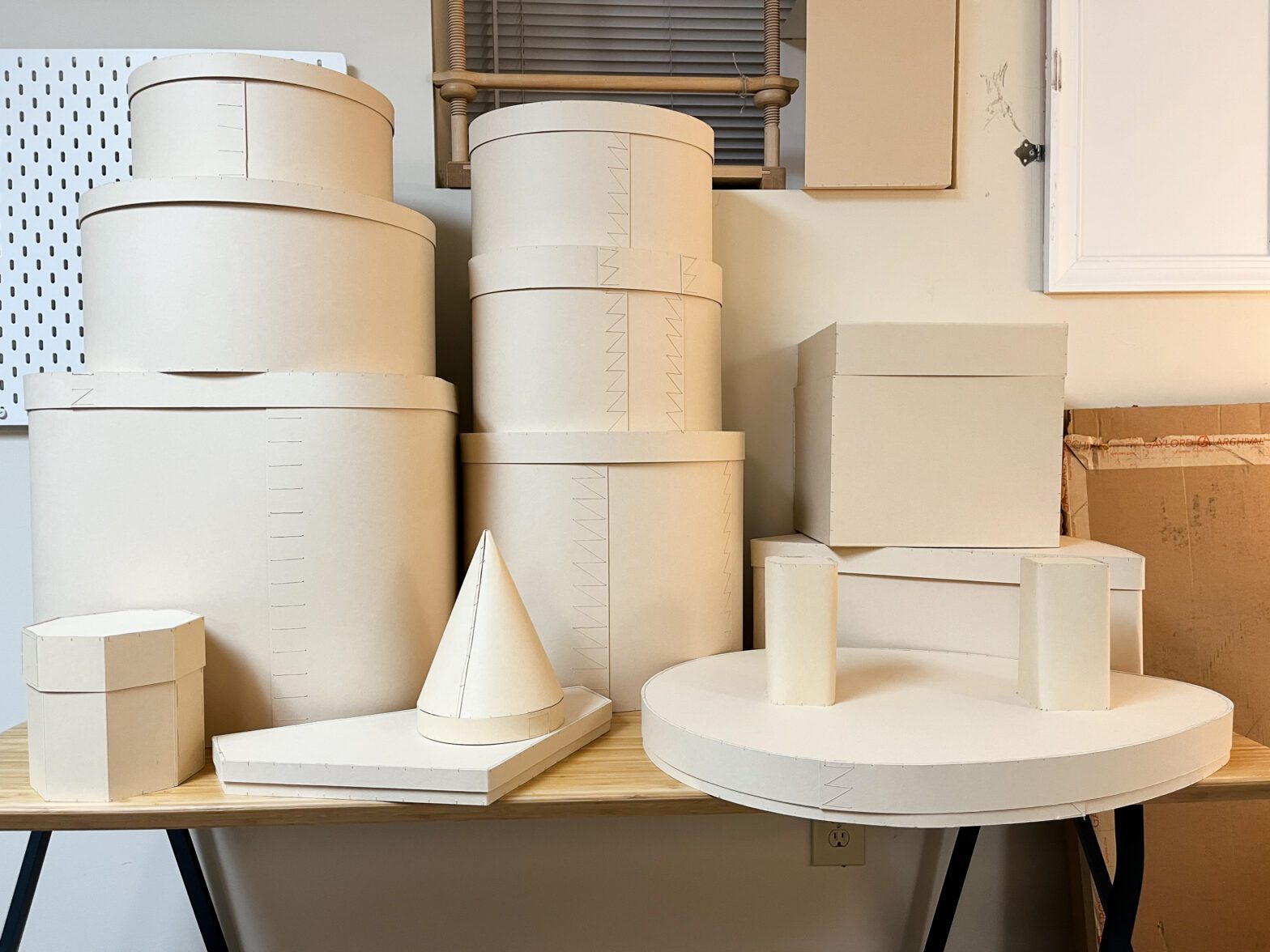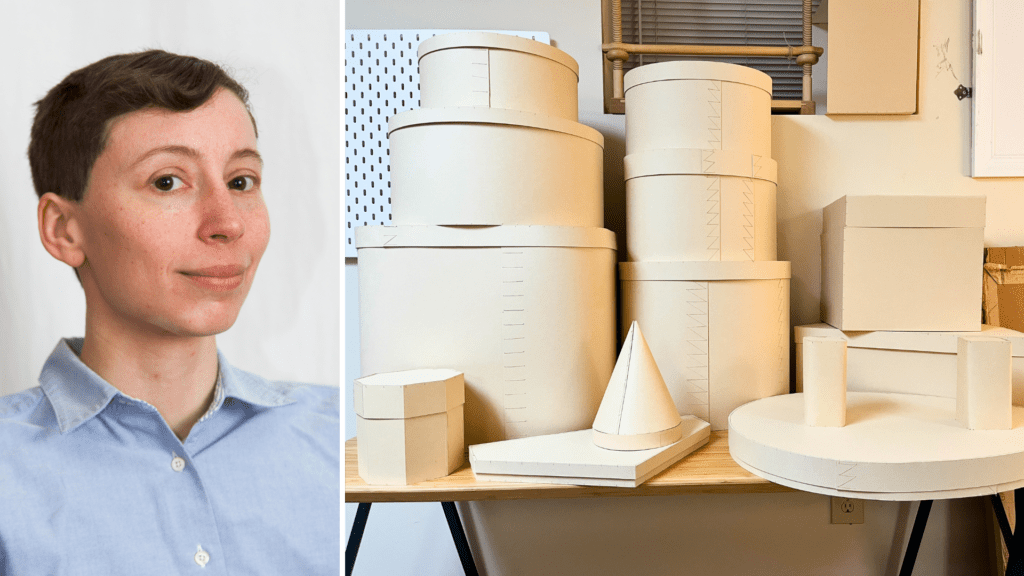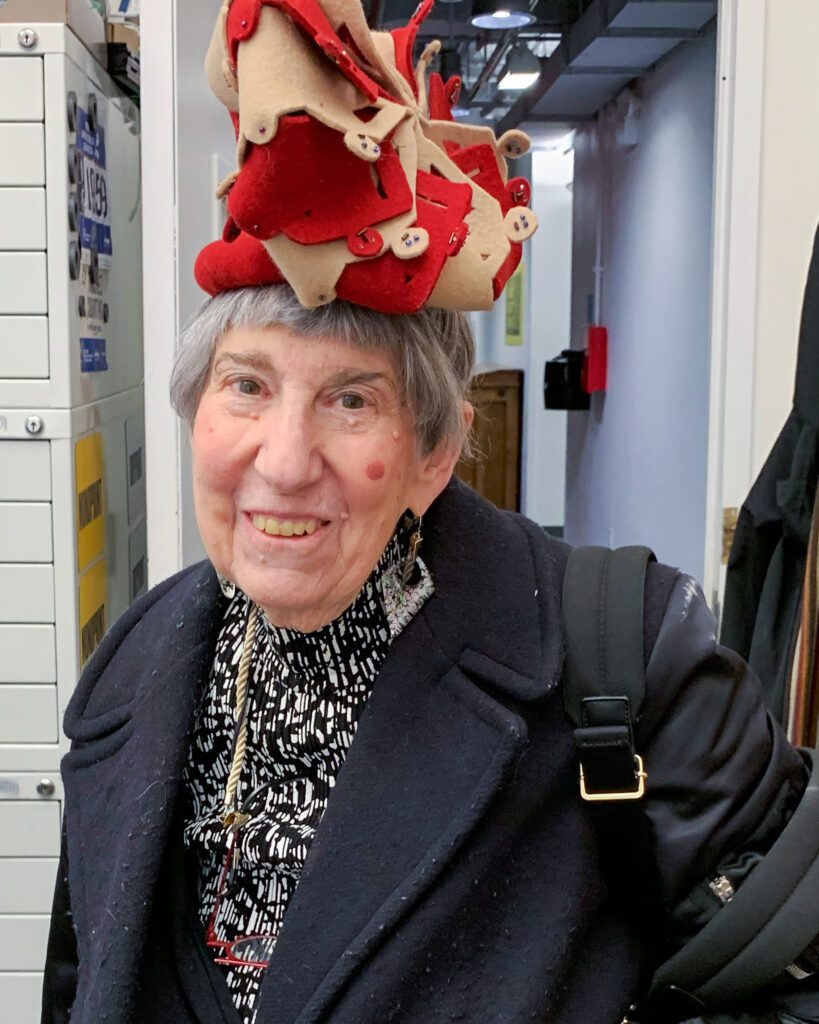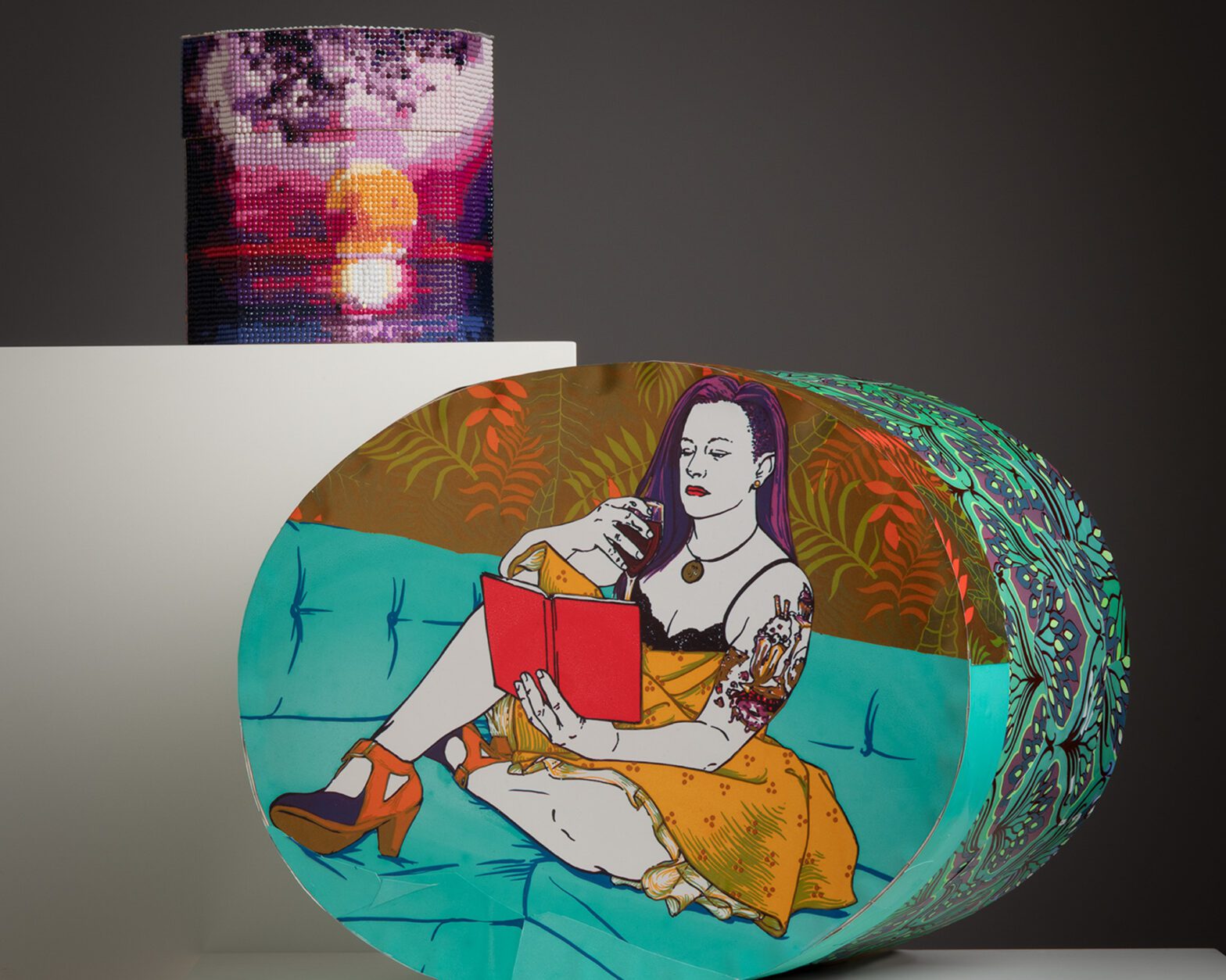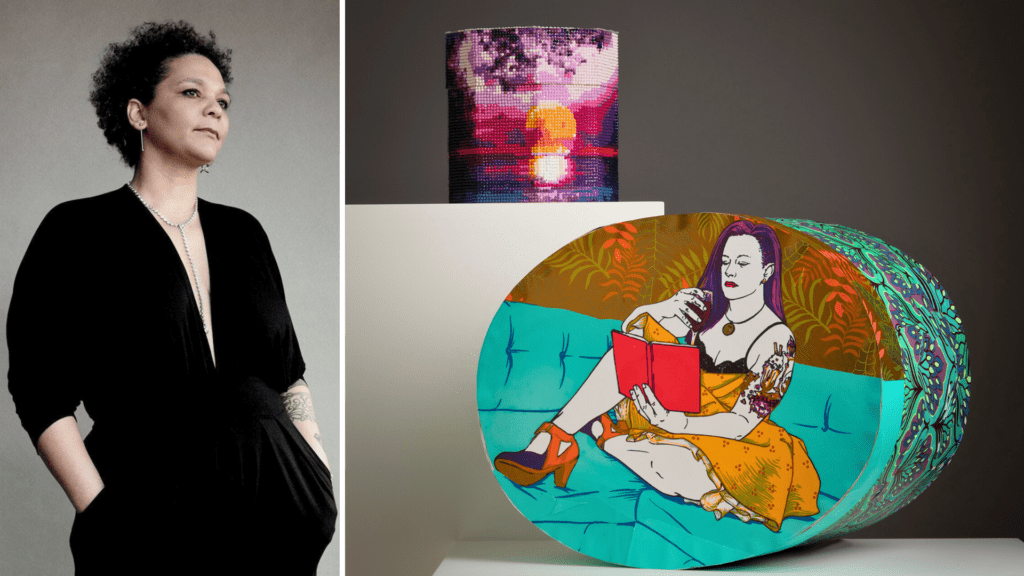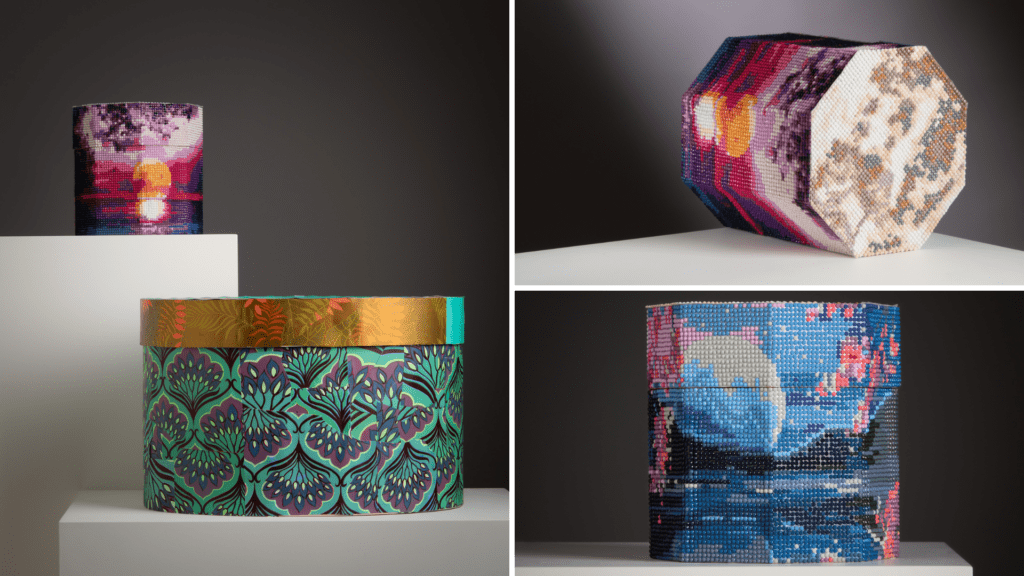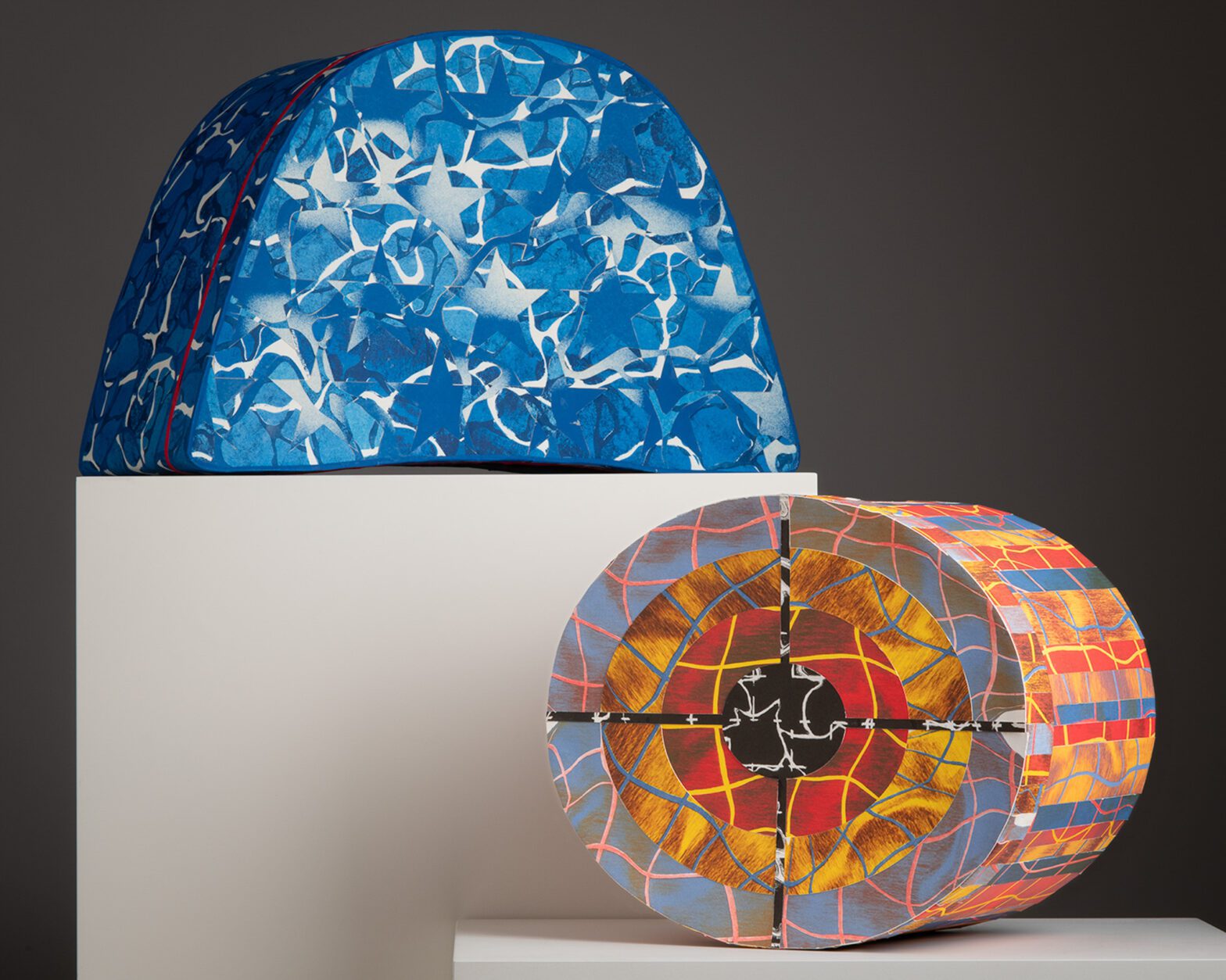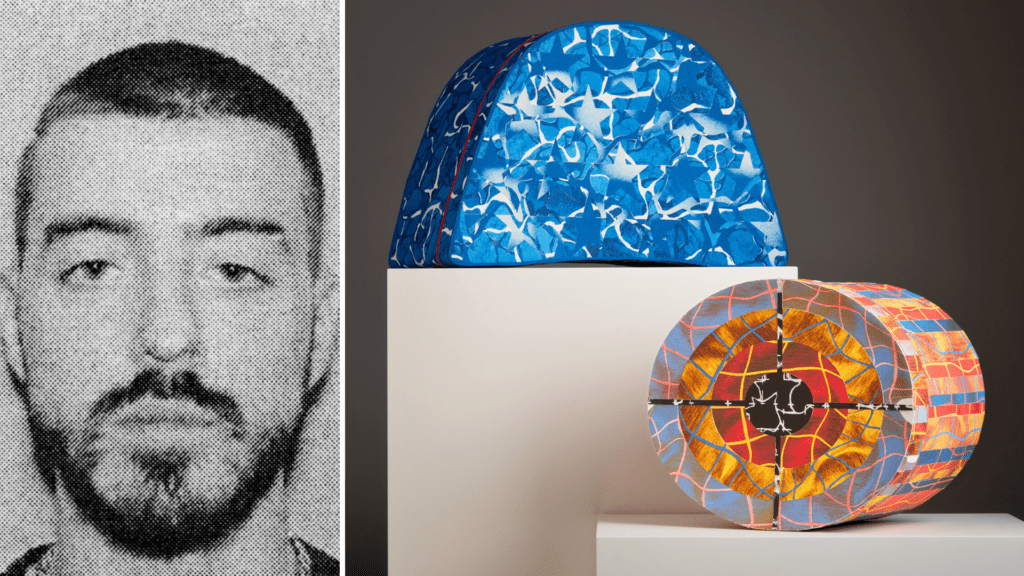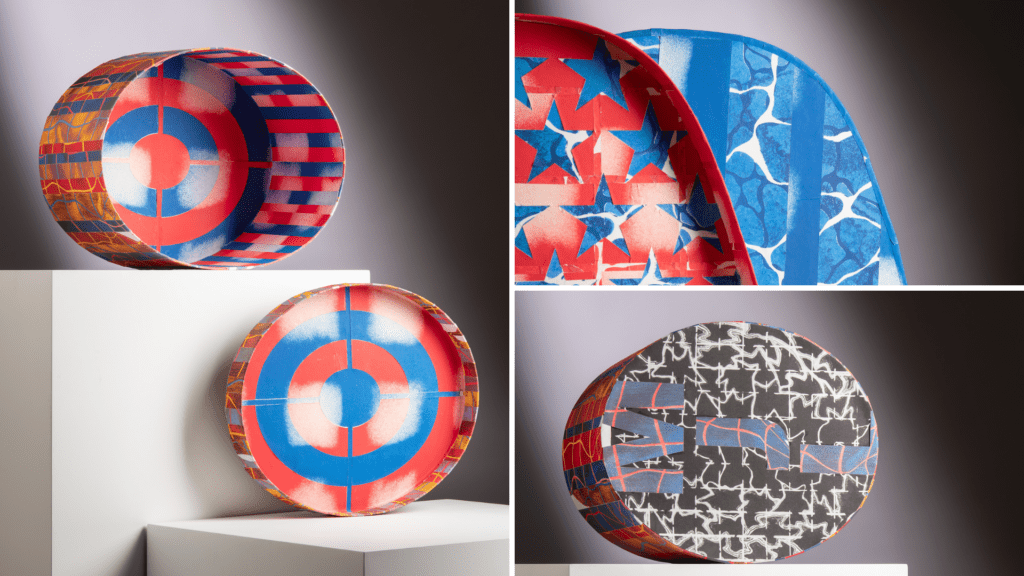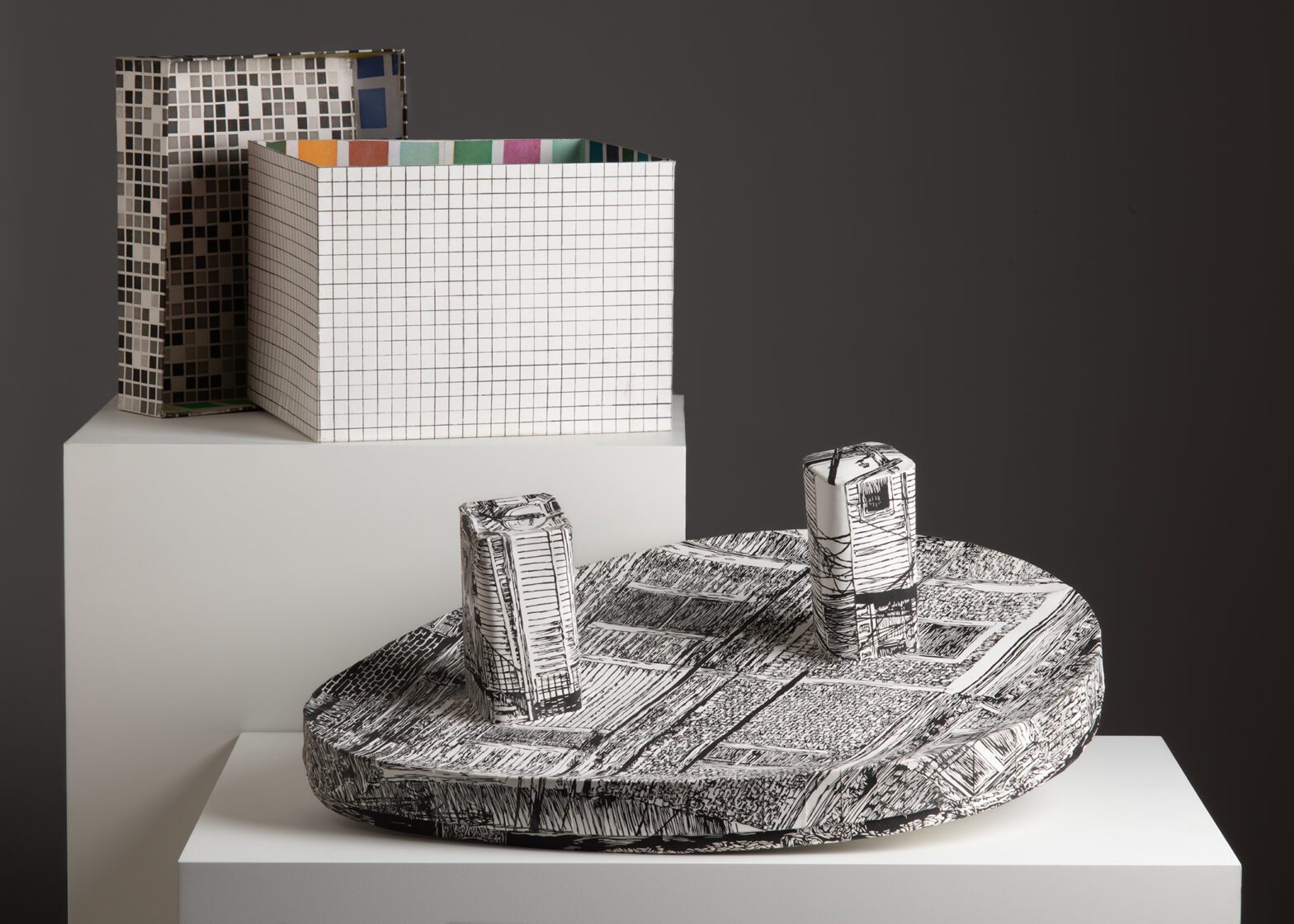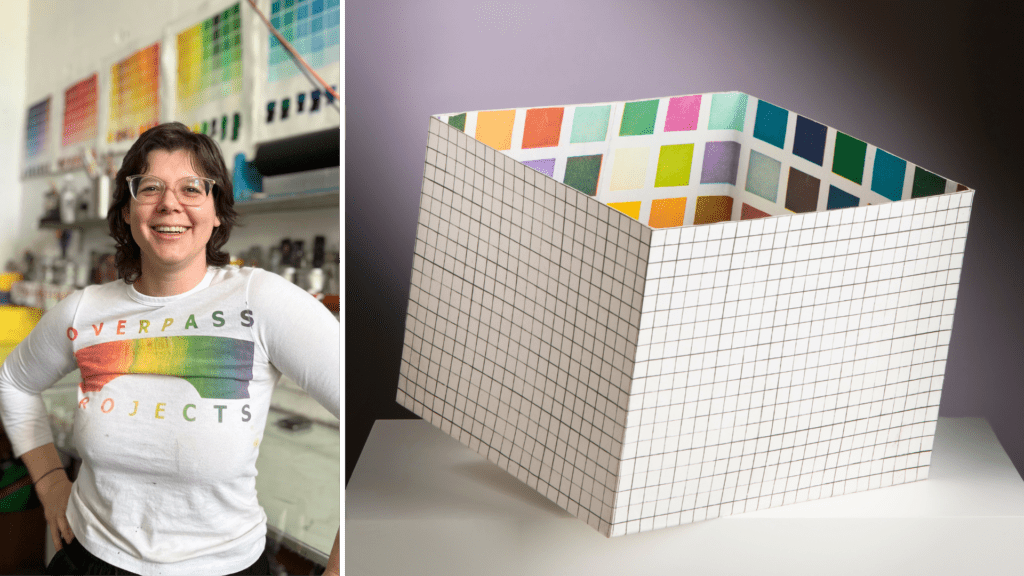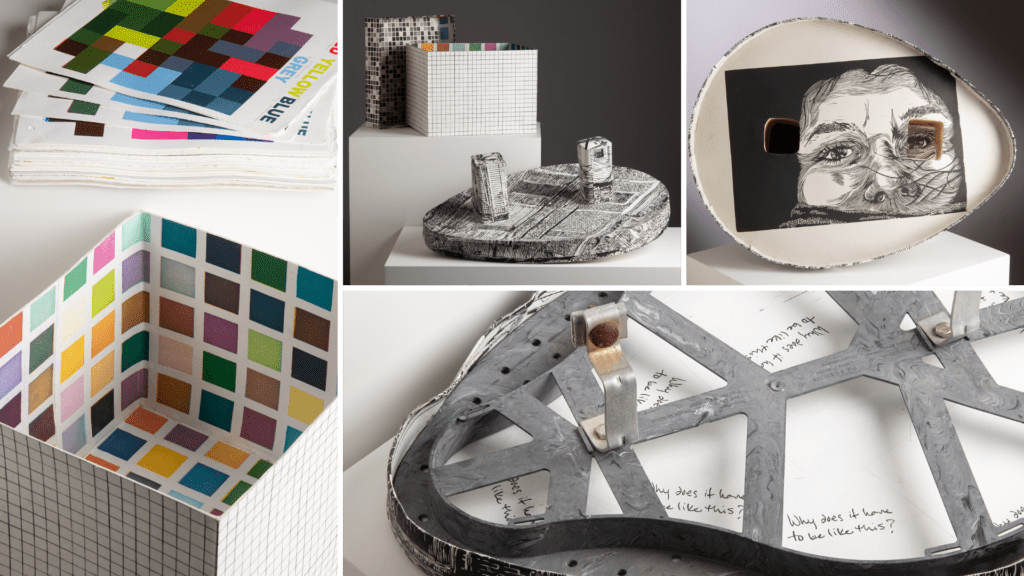On Enchanted Summer Day, a group of volunteers will use their hands and tools to turn wooden dowel rods into fantastical magic wands for children. These volunteers hail from the Society of American Period Furniture Makers (SAPFM), a group that is quickly turning into a valued partner for Winterthur.
This will be one of many activities for children during Enchanted Summer Day on June 8.
Charlie Driggs, a board member of SAPFM and co-leader of the Chesapeake Chapter, said of making magic wands: “It’s not hard.” What might be more difficult, Charlie said, is keeping children patient if there is a wait for wands.
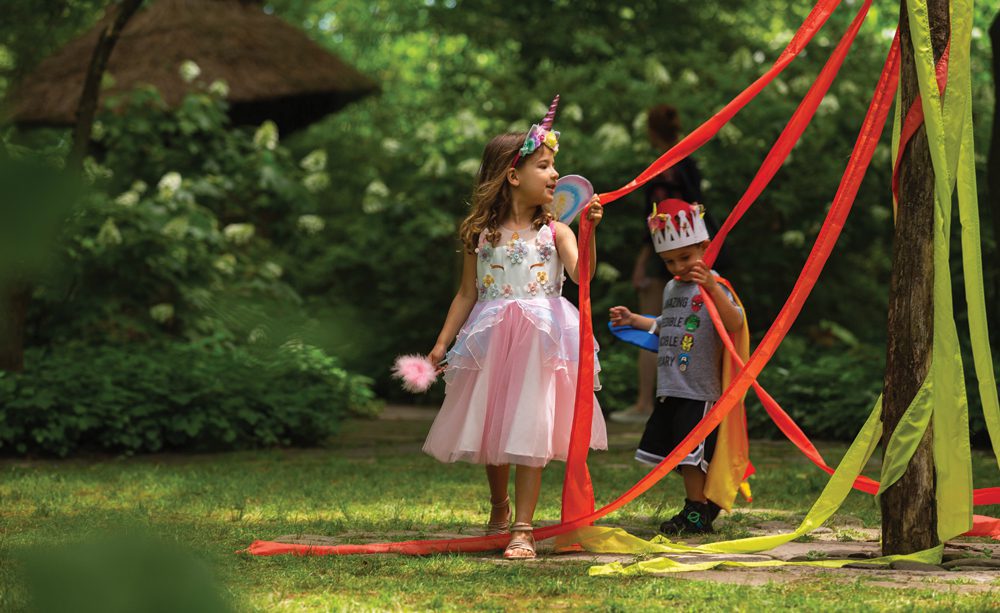
Charlie has had a long relationship with Winterthur. This partnership with SAPFM is more of a relaunch, he said, adding, “I didn’t think we’d be at this point for a few years.”
But SAPFM volunteers quickly stepped up and Winterthur staff enthusiastically embraced the partnership.
“This particular program, if it successfully brings people the understanding needed to appreciate how things are made, satisfies… SAPFM’s commitment to providing education,” Charlie wrote in a recent article for SAPFM’s member magazine Pins & Tales.
Charlie is in awe of the furniture-making literature in the Winterthur Library that’s available to anyone from the public.
“Your collection on how to perform techniques from the18th century, 19th century, and some17th century is one of the best in the world,” Charlie said.
SAPFM members can be found in the library poring over works such as With All the Precision Possible, the first English translation of the 18th-century woodworking masterpiece L’Art du Menuisier by André-Jacob Roubo (1739-1791).
So, what does Charlie think about Winterthur’s famed and extensive collection of period furniture?
“I like at least half of it,” he said in all seriousness. “And that’s OK because that’s why there are different styles.”
SAPFM volunteers will also be at several upcoming events, such as Terrific Tuesdays, in July and August, and at Handcrafted on August 31. Handcrafted is a way to celebrate Labor Day weekend with demonstrations by craftspeople who practice traditional handcrafts dating to preindustrial America.
“This particular event has been supported by SAPFM members several times, and the SAPFM attendees tend to dazzle kids and make adults curious,” Charlie wrote in Pins & Tales.
